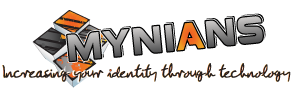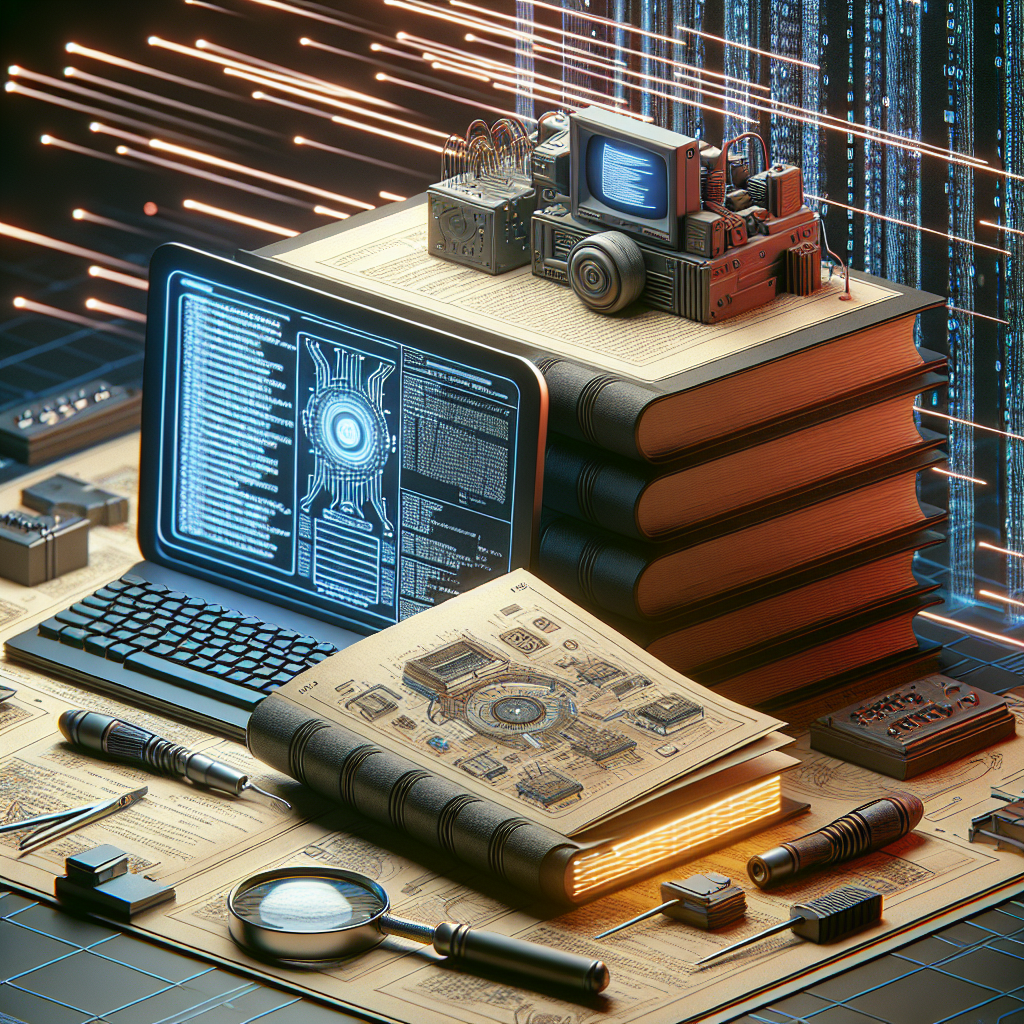In our highly digital world, a slow computer can be a major source of frustration. Whether it’s lagging during daily tasks or taking an eternity to boot up, it’s essential to figure out ways to improve your machine’s performance. This guide will present various strategies, technical fixes, and maintenance tips to help you revitalize your aging machine or enhance a new one that just isn’t performing to expectation.
Understanding the Causes of Slow Performance
Before diving into solutions, it’s crucial to understand the underlying issues that may lead to a slow computer. Common causes include:
-
Outdated Software: Operating system and software updates often come with performance improvements. If your software is outdated, it may hamper your system’s efficiency.
-
Malware and Viruses: Malicious software can slow down your computer by consuming resources or corrupting files.
-
Insufficient RAM: If your computer doesn’t have enough Random Access Memory (RAM), it may struggle to manage multiple applications simultaneously.
-
Hard Drive Issues: Fragmented or failing hard drives can lead to delays in accessing files and slow overall performance.
-
Too Many Startup Programs: Overloading your startup sequence with unnecessary applications can lead to longer boot times.
- Cluttered Hard Drive: A hard drive filled with unused programs and files can slow your system down.
Step-by-Step Solutions to Speed Up Your Computer
1. Check for Malware and Viruses
- Install Antivirus Software: Use trusted antivirus software to scan and remove any threats.
- Run Regular Scans: Make it a habit to check your system periodically to keep unwanted software at bay.
2. Update Software and Operating System
- Automatic Updates: Enable automatic updates for both your OS and applications.
- Manual Updates: Check for updates regularly, particularly for crucial apps.
3. Manage Startup Programs
- Access Startup Settings: Use Task Manager (Windows) or System Preferences (macOS) to view startup items.
- Disable Unnecessary Programs: Limit the programs that load on startup to boost boot time.
4. Free Up Disk Space
- Uninstall Unused Applications: Go through your installed apps and remove any that are no longer needed.
- Utilize Disk Cleanup: Use built-in cleanup tools on Windows or macOS to clear temporary files and caches.
5. Upgrade Your Hardware
- Increase RAM: If you find yourself running apps that require more memory, upgrading RAM can yield noticeable results.
- Switch to Solid State Drives (SSD): If you are still using a traditional hard drive, switching to an SSD can drastically speed up load times and file access.
6. Optimize System Settings
- Adjust Visual Effects: Reduce or disable graphical effects in your operating system settings to boost performance.
- Set Power Settings for Performance: On a Windows machine, switch to ‘High Performance’ in power settings.
7. Defragment Your Hard Drive
- If your computer uses a traditional hard drive (HDD), defragmenting will rearrange fragmented data, leading to quicker access times. Note that SSDs do not need defragmentation.
8. Reinstall Operating System
- Last Resort: If your computer is still slow despite all efforts, consider backing up your data and performing a clean installation of the operating system.
Routine Maintenance Tips
- Regularly Clear Cache and Temp Files: This prevents storage from filling up with unnecessary files.
- Perform Disk Checks: Check for hard drive errors periodically and rectify them.
- Backup Data Regularly: Ensure you’ve got the data backed up, especially before performing more advanced operations.
FAQs
Q1: How do I know if my computer is infected with malware?
A1: Look for signs like unexpected pop-ups, slowed performance, or programs crashing frequently. Running a complete antivirus scan can help confirm any infection.
Q2: Is upgrading RAM worth it?
A2: Yes! If you frequently multitask or run memory-intensive programs like video editing software, increasing your RAM can significantly improve performance.
Q3: What’s the difference between an HDD and an SSD?
A3: An HDD (Hard Disk Drive) is a traditional storage drive that’s slower and more prone to mechanical issues. An SSD (Solid State Drive) is faster and uses flash memory, making it more reliable and efficient.
Q4: How often should I perform maintenance on my computer?
A4: As a rule of thumb, routine software updates should happen monthly, while hardware checks and reinstallations can occur annually or bi-annually based on usage levels.
Q5: Can my computer’s performance be affected by hardware compatibility?
A5: Absolutely. Using outdated or incompatible hardware can bottleneck system performance. Always ensure that drivers are up to date and compatible with your operating system.
Q6: Why does my computer boot slowly even after cleaning it up?
A6: Multiple factors could lead to slow boot times including hardware issues, motherboard or drive failures, fragmented hard drives, or excessive startup programs.
Q7: Should I be concerned about registry cleaners?
A7: While some claim to optimize performance, many registry cleaners can cause more harm than good by removing essential files. It’s best to exercise caution and opt for manual cleaning where possible.
Conclusion
Dealing with a slow computer doesn’t have to be a daunting task. Armed with the right knowledge and tools, you can diagnose issues, implement effective fixes, and maintain your machine for optimal performance. By following the recommended steps, you’ll not only rejuvenate your current setup but also extend its longevity, ensuring a smoother computing experience for years to come. Remember, regular maintenance and timely upgrades can significantly impact the overall health and speed of your computer.


